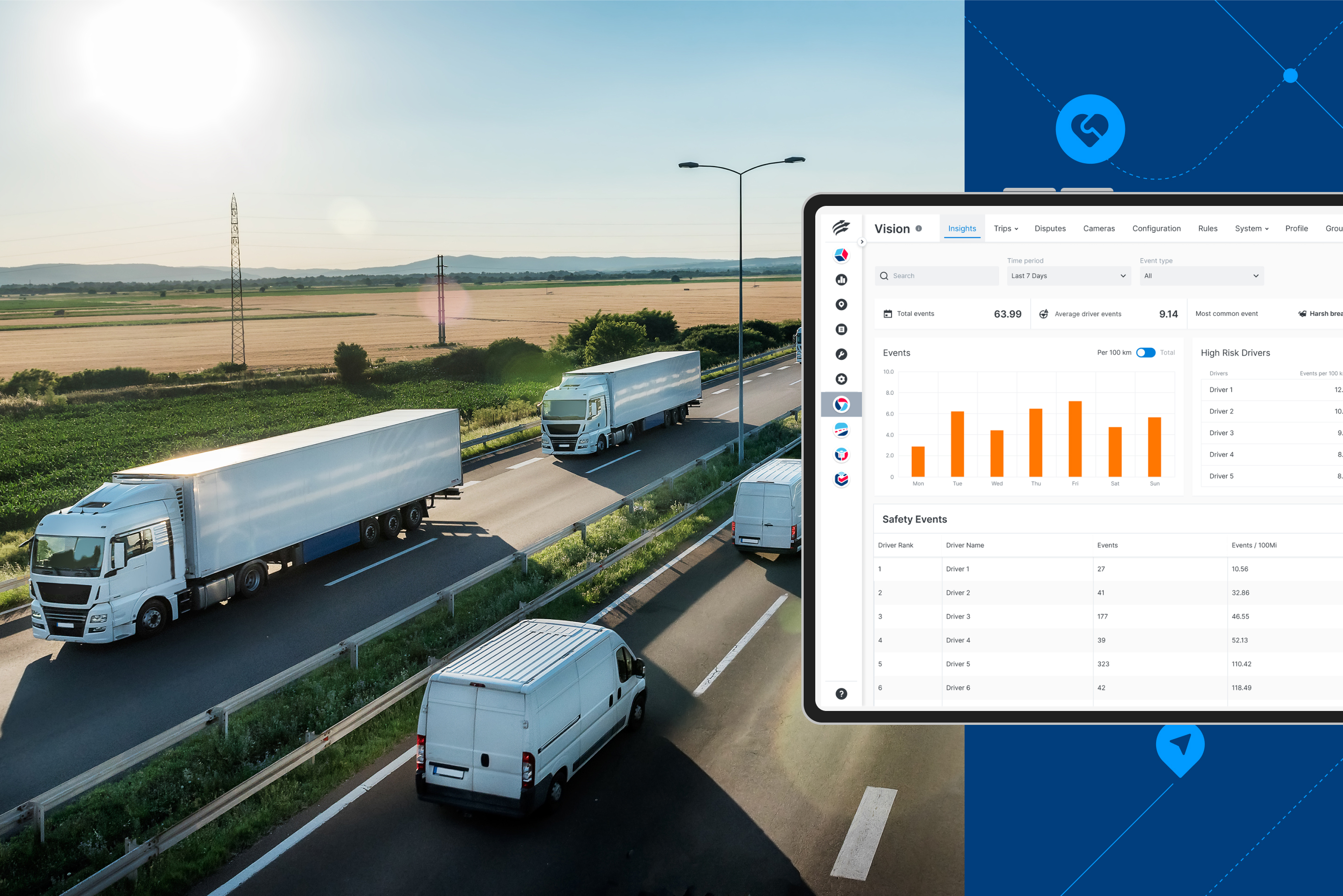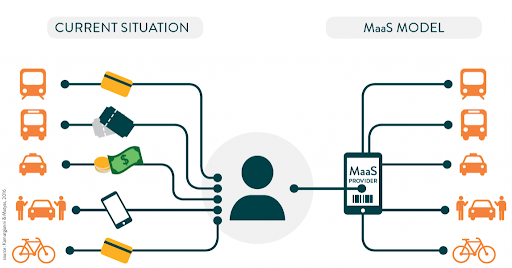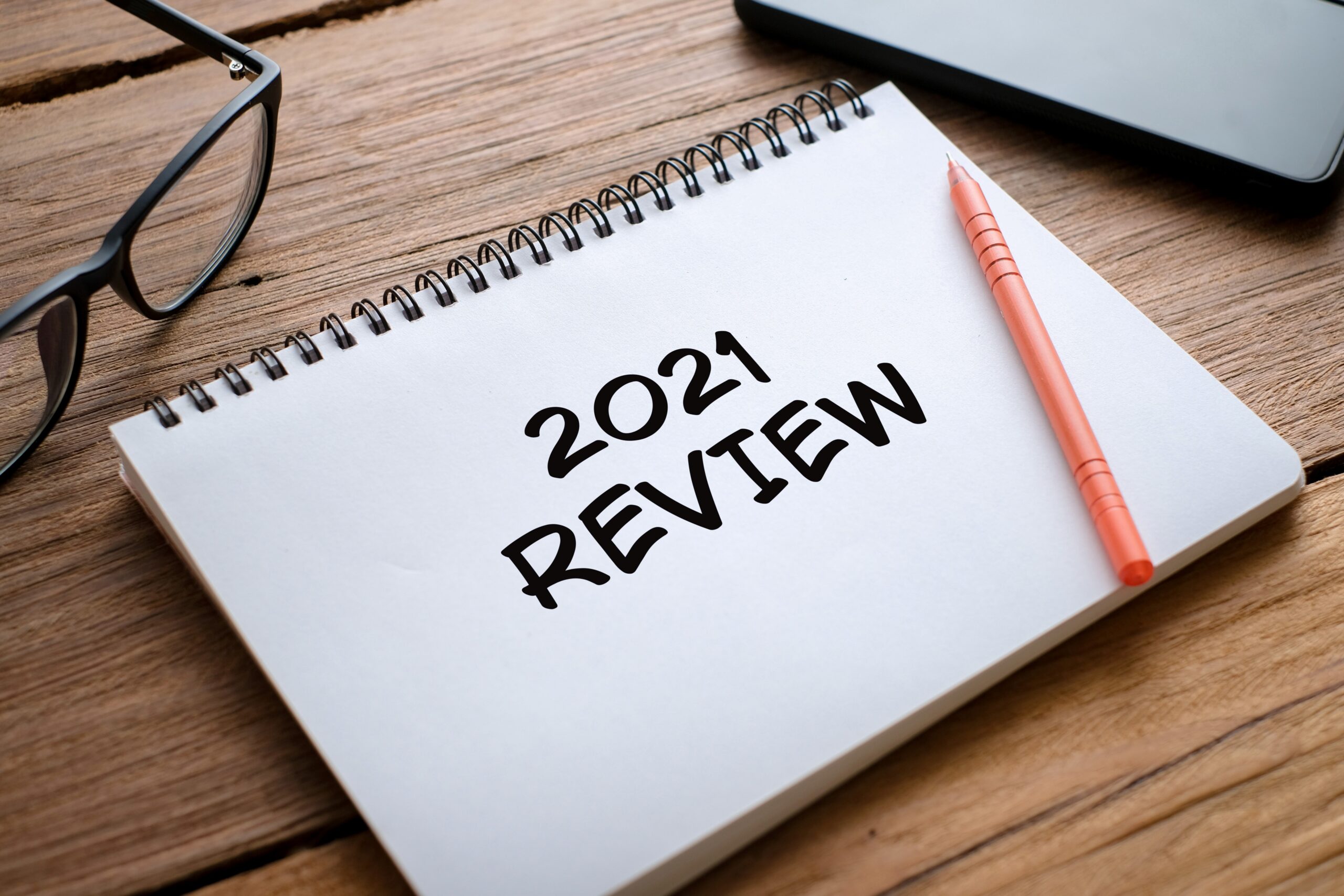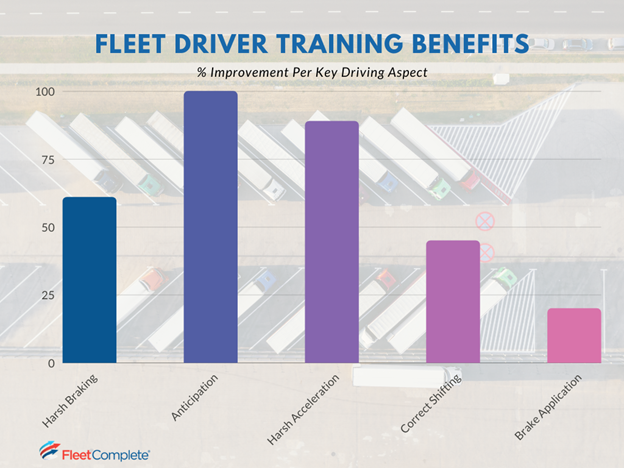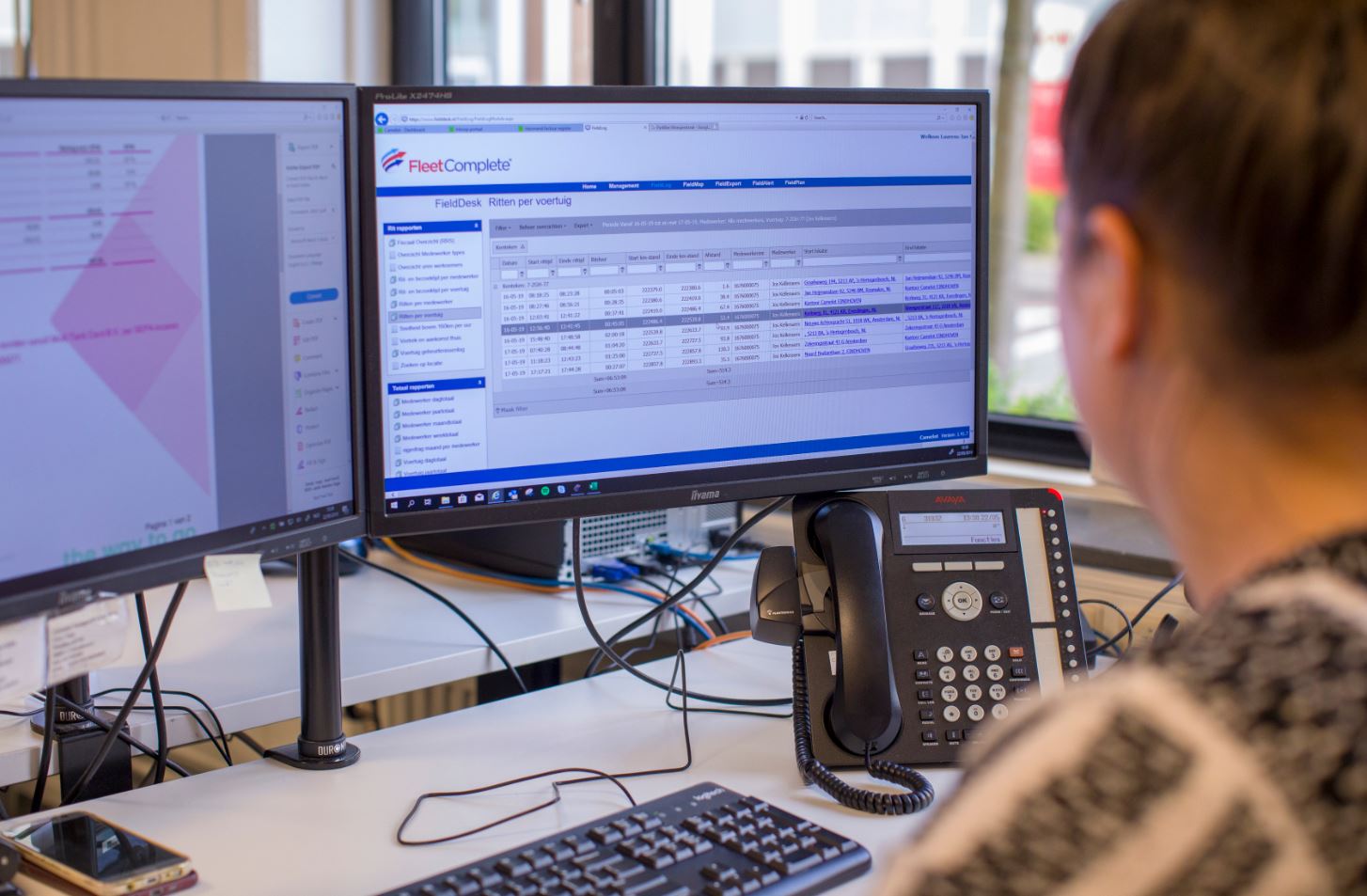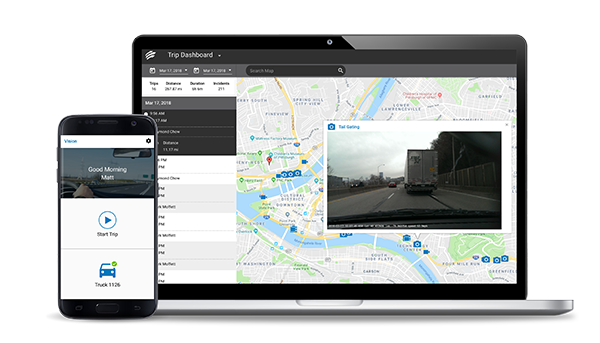It’s no secret that communication is vital for a productive, effective fleet. Yet, there are many communication pain points – including technology issues, poor leadership, and language barriers – that make it difficult for people to get their message across.
If not addressed early, these communication breakdowns become the norm, and that’s bad news for your fleet. Conversely, organizations with connected employees can see a spike in productivity of up to 25% – so it’s not just about mitigating problems; good communication benefits an organization’s bottom line.
We’re going to take a look at why communication breakdowns occur and what to do about them. Let’s dive in.
Why Effective Communication is Crucial
Communication is a soft skill, like emotional intelligence and social learning, and has a huge effect on a business.
Good communicators can connect with their colleagues and customers and work as a team. It’s the lifeblood that keeps a business running, influencing a fleet’s procedures and processes, company culture, business relationships, and even driver behavior and performance.
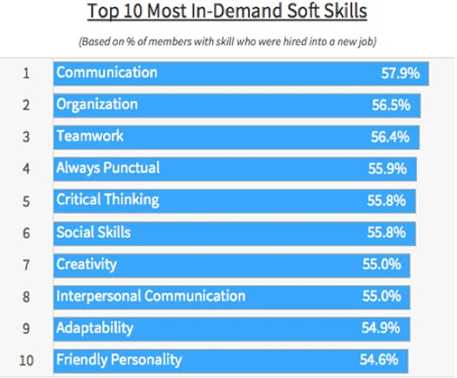
What is a Communication Breakdown?
A communication breakdown is a failure to exchange information effectively, and it can occur on various levels in business. According to research conducted by The Economist Intelligence Unit, 86% of senior executives, managers, and junior staff experience communication breakdowns resulting in reduced productivity, missed project deadlines, and unaccomplished sales.
Here’s what it can look like in the workplace:
- Outdated information leading to a delivery being dropped off at the wrong time
- Mistakes due to inadequate training
- Missed meetings because staff members were not notified
- The wrong tone of voice is used with a client, resulting in poor customer service
- Drivers not doing maintenance checks because the schedule isn’t regularly updated
- Employees not sharing updates and tasks not being completed on time
- Miscommunication due to cultural or social barriers
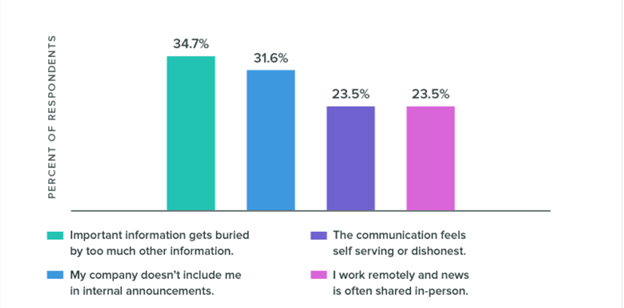
What Causes Communication Breakdowns?
Here are some common causes of communication breakdowns:
Lack of a Communication Plan
Fleet managers should have a detailed communication plan. It sets out how, when, and where people communicate with each other – from employees and managers to stakeholders and customers. Without this clarity, employees have to guess or use their judgment, which leads to inconsistency and conflicting messaging. This, in turn, puts a strain on business relationships and creates workflow conflicts.
Poorly Defined Roles
Clear roles are vital for ensuring people know whom to contact for what. It also helps employees understand their responsibilities and those of their colleagues. Creating a clear reporting hierarchy can help streamline the flow of information and help businesses avoid miscommunication or messages being sent to the wrong people.
Inadequate Leadership
It’s up to managers to implement and articulate communication best practices and use them daily. Without managers leading by example, employees can be left confused and unsure about how best to communicate with each other.
Lost in Translation
Language barriers can be a roadblock when it comes to effective communication. This is common in a business setting as workforces are made up of different personality types, genders, and backgrounds, which all affect the way people work and communicate.
Inadequate Technology
From low bandwidth to fleet management tools that aren’t user-friendly, technology can be more of a hindrance than help when misused. When implementing new tech, research to make sure it’s appropriate for your team’s needs. The interface should be simple to understand and have adequate features that make work life easier, including:
- Simple navigation
- Having everything you need on one screen
- Easy access to important data, including vehicle location and driver behavior
The Effects of a Communication Breakdown
A communication breakdown reaches into every area of the business. Here are some of the primary effects:
- Wasted time spent on clarification
- Loss of motivation
- Embarrassment, stress, and anger
- Tension among team members, managers, or customers
- Loss of clients
- Gossip
- Disorganization
- High employee turnover (Conversely, when companies communicate effectively, they are 50% more likely to see turnover figures below the industry average.)
How Fleet Managers can Nurture Good Communication
Fleet managers are like the glue that holds the fleet together. Here are some steps to fostering good communication throughout your fleet.
Pay Attention to the Team
Look out for signs such as missed appointments, frustrated drivers, or bottlenecks that could indicate a problem. If something goes amiss, provide support and feedback. Take the time to shape your communication strategy by ensuring your entire team knows the processes and procedures, as well as their responsibilities and how information is communicated.
Share Information
The more information that is shared, the easier it is for employees to stay in the loop, minimizing misinformation and gossip. Whether it’s quarterly sales reports or a workshop invitation, keep everyone informed.
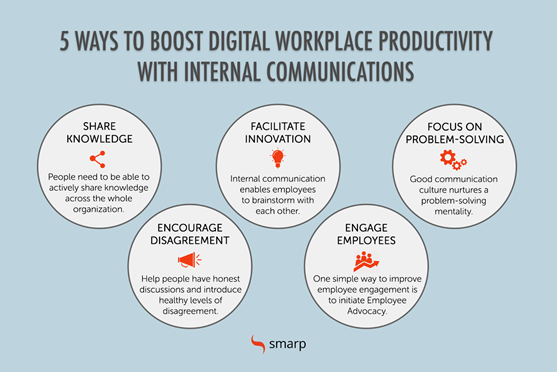
Sharing knowledge is key to fostering transparency in your workplace (Image Source).
Good internal communication is especially important when it comes to keeping fleets moving during the pandemic. “Internal communicators need to be in tune with their people and places, working closely with HR, health and safety policy teams, and senior leaders to communicate clearly with staff. Everyone has been affected in different ways, and we know that things are far from being stable,” said Monique Zytnik, Communication Specialist at Zytnik Consulting, about the importance of keeping staff members informed during the pandemic.
Implement Communication Best Practices
Making communication best practices official ensures everyone knows how, when, and why to communicate. Make sure these practices are seen by everyone and are easily accessible – for example, stored on a fleet management system for easy access.
Consider the following:
- Conduct a neurodiversity acceptance program. The first step to any successful training program catered to neurodivergent drivers is to ensure your fleet’s neurotypical workforce understands its purpose.
- Create customized training content. For instance, using bigger and easier-to-read fonts in your driver’s manuals will benefit dyslexic employees.
- Find out what will keep your neurodivergent drivers motivated to learn. For example, drivers with autism may absorb new skills more easily from a training program that incorporates a rewards system. Studies also show that they can better absorb, retain, and process new skills when training sessions are shorter but more frequent – known as microlearning.
- Assistive technology. Using apps and other technology solutions can make skills development programs more effective and more enjoyable for the drivers. For example, dyslexic drivers may convey their thoughts more articulately if they have access to speech-to-text apps instead of writing.
Use the Right Tools for the Job
A dispersed team means having the right tech is a must. Drivers need to be able to communicate issues quickly and efficiently. Fleet management software plays a vital link between drivers and managers.
GPS fleet tracking software allows managers to monitor drivers and alert them to things like bad traffic, road accidents, or route changes in real time. Drivers can get in touch with customers to alert them to things like delivery delays or special requirements.
With route planning, managers can alter the delivery address or make a last-minute change, and the driver will be notified immediately. The route can then be re-optimized to save the order.
Moreover, telematics gives managers and drivers the tools and applications to communicate remotely. This improves workflows and prevents miscommunication between drivers, managers, and customers.
To find out how Powerfleet (formerly Fleet Complete) can help improve communication in your team, request our Powerfleet (formerly Fleet Complete) demo. If you have any questions about Powerfleet’s (formerly Fleet Complete) fleet management solutions,contact us here.















